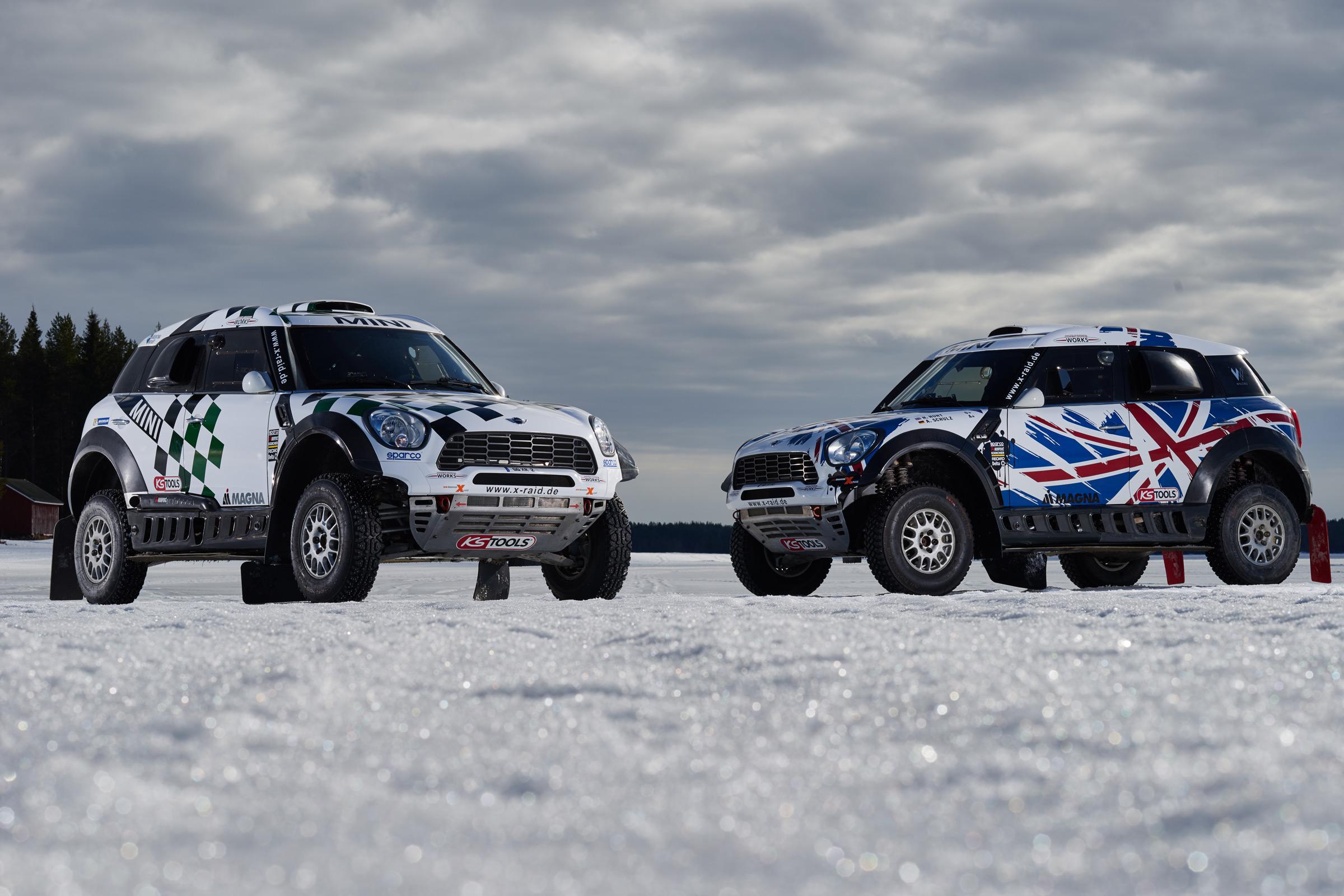
V8 Supercars to welcome other engines from 2017
V8 Supercars announces it’s an open grid in the largest shake-up in the sport’s history.
On the week Ford Australia dropped a bombshell by ending its famous rivalry with Holden, V8 Supercars yesterday hit back by issuing an open invitation for every single car manufacturer to join the series in the thickest shake-up in the sport’s history.
In an emphatic reply to Ford’s controversial decision to exit the series at the end of next year, the V8 “white paper” was dropped at the grand finale luncheon in Sydney and the future blueprint made history by permitting non-V8 cars into the sport.
On a game-changing day for the sport ahead of this weekend’s season-ending Sydney 500, it was exposed that from 2017:
- A V8 engine would no longer be compulsory
With Lexus the latest high-profile brand to publicly express interest in joining Holden, Volvo, Nissan and Mercedes in the series, Warburton yesterday spoke enthusiastically about the future of the sport after witnessing strong rises in television and social media numbers.
“We have consulted widely with our fans, manufacturers and teams,” Warburton said. “And we have studied motorsport, motoring trends and looked far and broad. ‘The one thing for us was that we had to ensure the DNA of our sport – swift, noisy, and close and aggressive racing – remained.
“The cars need to look like the road-going car and they need to look rough. But to keep the existing manufacturers and to attract fresh ones to the sport, we needed to give them more of their DNA by permitting them to bring their engine and bod configurations to the sport.
“So today we can tell you that from two thousand seventeen that V8s can race alongside any other configuration, whether it be six cylinder, four cylinder or turbo. Whatever anyone wants to bring.” The switches, which will be implemented in two thousand seventeen after a testing and development program, will open the way for an American muscle invasion with the Ford Mustang and the Chevrolet Camaro two of the iconic cars that could join the sport.
With cars no longer required to be four-door sedans like the Commodore, smaller two-door cars can come in the series provided they are available to the public with a back seat.
“Sedans might be joined by five door and two door cars,” Warburton said. ‘Or by other figure configurations under the fresh rules. But critically the cars will proceed to run on the ‘Car of the Future” platform. It will use all the existing, and potentially some further control parts. It will still run on the same fuel and run on the same parity measures that have contributed to the closeness of our sport.” The Daily Telegraph understands several manufacturers not presently involved in the series where strenuously involved in the ‘white paper” and at least two have voiced strong interest in joining the series.
After losing Ford, Ford Spectacle Racing (FPR) are at the top of the list for potentially manufacturers having one back-to-back Bathurst titles and having starlet driver Mark Winterbottom in their outstanding Melbourne based stable.
Warburton said smaller engines would not mean less noise with a promise to keep the sport noisy and aggressive despite a consumer shift to quitter, less fuel thirsty machines.
“It is imperative to keep the sport relevant to the current environment, entertaining and, critically, viable for the race teams,” Warburton said. ‘The current climate in world motorsport is absolutely clear. Manufacturers want choice in what they go racing with, otherwise they won’t participate. They want their DNA represented and so do we. We will not compromise our DNA – rapid, noisy and fierce racing.’The sheer brute power and sound of V8 Supercars is synonymous with the sport. A key area will be retaining the acoustic effect of high powered race cars no matter the engine or make.”
